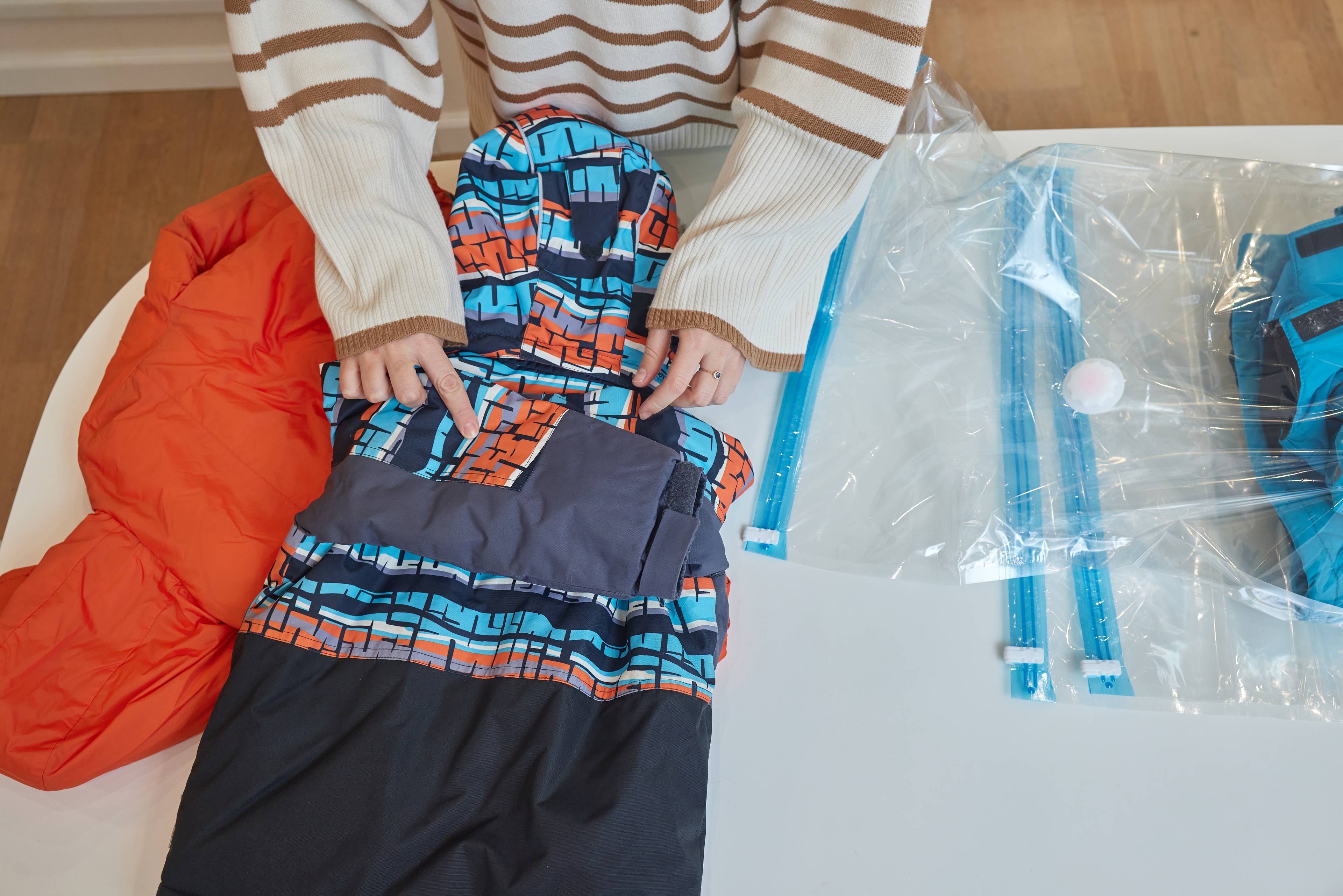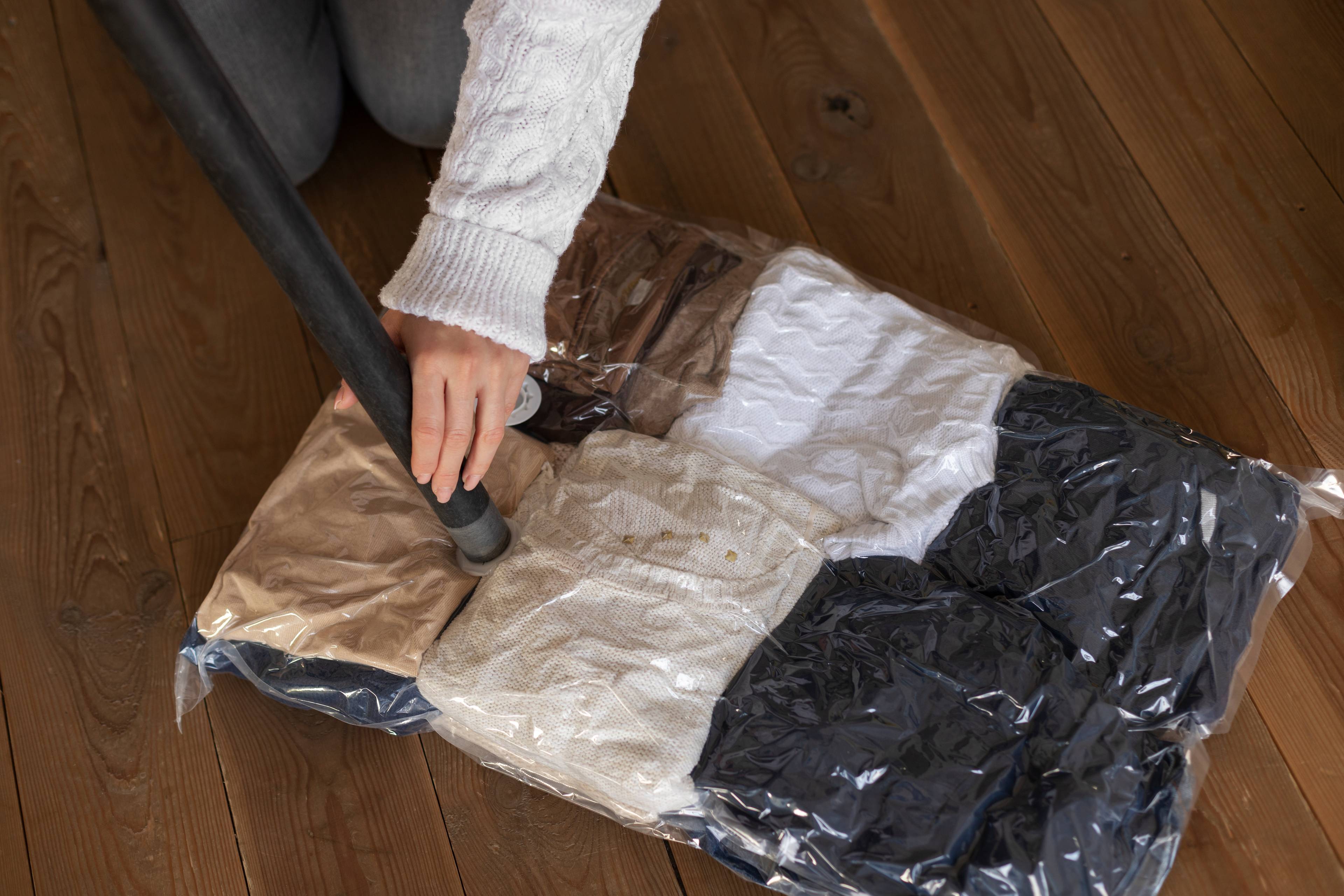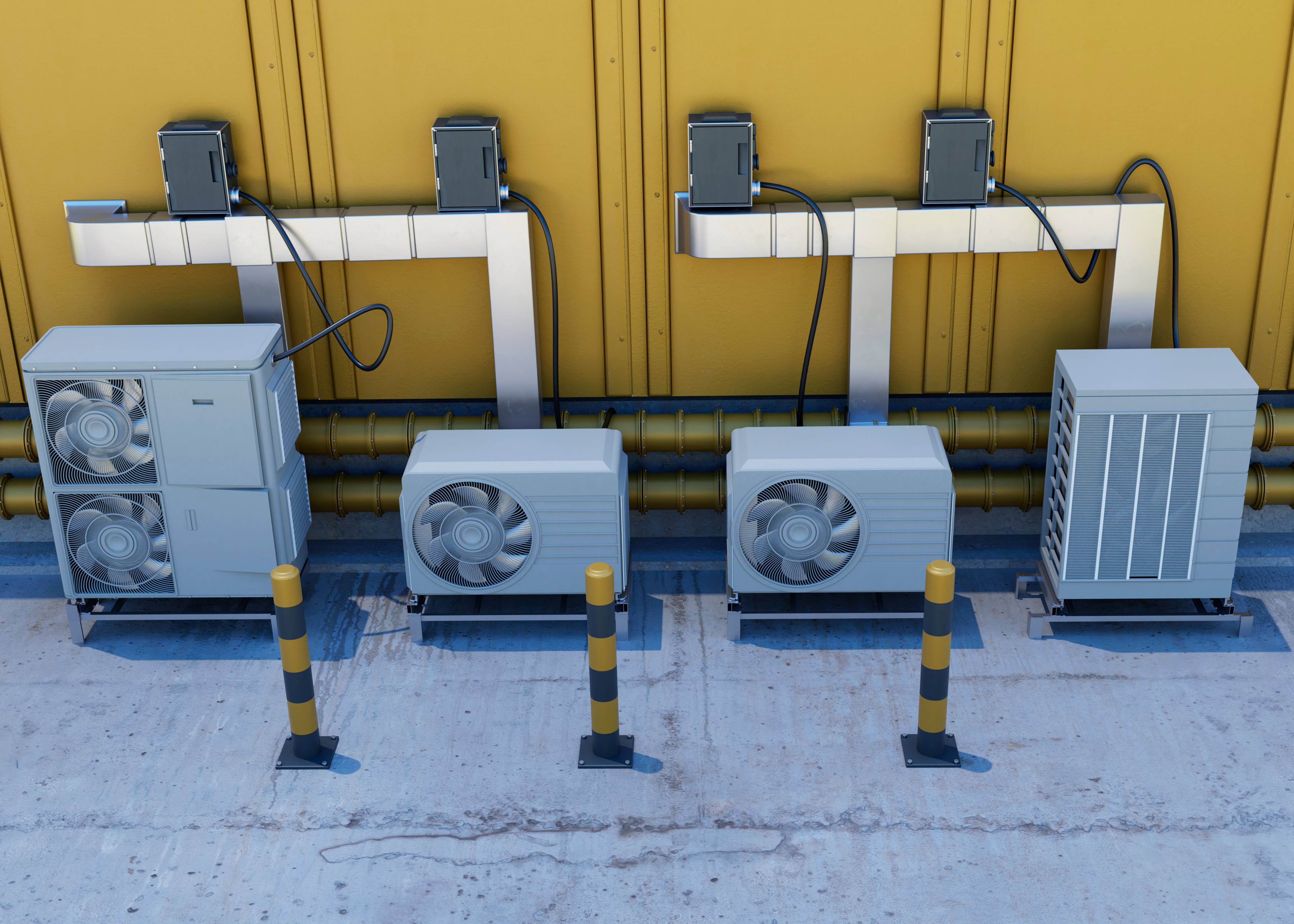Proper storage of clothes is essential for preserving their quality, texture, and colour. When clothes are stored correctly, they are protected from common hazards such as moisture, pests, and dust.
Using a storage unit can help you manage other clothes you're not currently wearing, especially when space at home is limited. This approach not only extends the life of your garments but also ensures they remain ready to wear, season after season.
Step 1: Prepare your clothes for storage
Starting off on the right foot is key when preparing your clothes for storage. Taking the time to properly prepare each item ensures that your clothes will remain in excellent condition, ready to wear whenever you retrieve them from your storage unit.
Don't pack dirty clothes!
This seems obvious, but "dirty" covers a broad spectrum when preparing clothes for storage. Dirt and oils that linger on fabric can cause permanent stains over time and attract pests.
Thoroughly wash or dry clean all items according to their care labels. Better yet, take them to your local dry cleaners beforehand (recommended for high-value or vintage clothes). This step not only prevents damage but also helps in maintaining a fresh scent while stored.
How to sort clothes properly

Organising your clothes can streamline both packing and future retrieval. Separate your clothing into categories based on material, season, or how frequently you wear them. This method makes it easier to decide which items should be folded or hung and identifies which garments require special care, such as wool or delicate fabrics. Proper sorting is the foundation for effective long-term clothing storage.
Step 2: Choose the right storage supplies
Selecting the appropriate storage supplies is crucial for maintaining the integrity of your clothing while in a storage unit. The right materials can safeguard your clothes from common storage issues like moisture, pests, and creasing. How careful you are depends on whether you're storing clothes for a few weeks or getting them ready for long term storage.
Types of storage containers
Different types of storage containers offer various levels of protection for your clothes. Some popular containers are:
- Plastic containers
- Storage boxes
- Vacuum-sealed bags
- Cloth bags
- Cedar chests
- Cardboard boxes
- Fabric organisers
- Hanging garment bags
- Stackable bins

Plastic containers are great for keeping moisture and pests at bay, while sturdy storage boxes can protect against physical damage. However, the top way to store clothes is vacuum-sealed bags, especially if you need to protect valuable or vintage clothing
Additional protective measures
Beyond just choosing the right container, adding extra protective measures can significantly enhance the storage condition of your clothes. Cedar balls are an excellent natural deterrent against moths and can impart a pleasant smell.
Other products designed to absorb moisture can help maintain the ideal dryness and prevent mould growth. Incorporating these items into your storage strategy ensures your clothes stay in the best condition possible.
Step 3: Carefully pack clothes for storage
Packing your clothes correctly is essential for ensuring they come out of storage in the same condition they went in. Here are some effective techniques for folding, hanging, and organising your garments within the storage unit.
Folding vs. hanging

Deciding whether to fold or hang your clothes can make a significant difference in maintaining their shape and condition. Fold items like t-shirts, sweaters, and jeans to prevent stretching and save space. Use hangers for dresses, suits, and other items that can develop creases or lose their shape if folded. Opt for padded or wooden hangers to provide extra support for your clothes.
Efficient packing techniques
Maximising space while protecting your garments is key when packing a storage unit. Start with heavier items on the bottom and lighter, more delicate items on top. Utilise vacuum bags for bulky items like winter coats to save space and protect them from moisture.
Adding layers of acid-free tissue paper between clothes can prevent colour transfer and help maintain the fabric's integrity. Arrange your containers and boxes thoughtfully within the unit to ensure easy access to frequently used items and efficient use of space.
Step 4: Opt for a climate-secure unit

If you're thinking of using self storage to store your clothes for a long period, climate-secure storage units (like those at HOLD) are essential. These maintain stable temperature and humidity levels, crucial factors in preserving fabric integrity and preventing damage.
Climate-secure storage units protect garments from extreme temperature fluctuations and high humidity, which can lead to mould growth and fabric degradation.
Step 5: Long-term maintenance
Maintaining your storage unit over the long term is crucial to ensure your clothes remain in top condition. Regular checks and minor adjustments can prevent potential problems before they arise.
Perform routine checks
Make it a habit to visit your storage unit periodically to inspect for any signs of moisture, pests, or unpleasant odours. These checks allow you to catch and address issues such as mould growth or pest infestations early, safeguarding your clothing investment. Ensure that all containers and bags are intact and that no items have fallen or are improperly stored.
Refresh your stored clothes
Every few months, take the time to air out your stored clothes. This not only refreshes the garments but also gives you a chance to re-fold and re-organize them if necessary, which helps prevent creases and damage. If any clothes need to be cleaned or repaired, handle these tasks before putting them back in storage. This cycle of care ensures that your clothes will be in the best possible shape when you need them again.
HOLD will ensure your clothes stay in pristine condition

his guide has equipped you with the necessary steps to prepare, pack, and maintain your garments effectively in a storage unit. Now all you need to do is choose an ideal facility. That's where we come in.
Whether seasonal apparel or special occasion attire, our advanced climate-secure, 24/hr access units will keep your clothes ready to wear and extend their lifespan.Reach out to our friendly team to learn more and get a free quote.
Frequently Asked Questions
Will clothes go mouldy in storage?
If you leave your clothes in a moist environment for a long period, mould will grow and damage them. So, if you need to store them in your attic, keep them in an airtight plastic container. Vacuum packing is the ideal solution for this issue.
How do you protect clothes in long term storage?
Select an appropriate storage container – opt for breathable options like cardboard boxes or fabric bags to promote air flow and prevent musty smells. Arrange your clothes within the container – begin with a base layer of acid-free tissue paper, add your folded clothes, and then top off with another layer of tissue paper.
What causes clothes to mould?
Mould on clothes can develop when they are stored in conditions of high relative humidity, which contributes to excess moisture. Combined with insufficient ventilation, this creates the perfect environment for mould growth.
How secure is my HOLD storage unit?
Only you will have access to your unit. Upon registration, you'll receive a unique PIN code granting you access to the site. Additionally, you'll secure your unit with your own padlock. If you need others to access your unit, they can do so with your permission and using your code.


